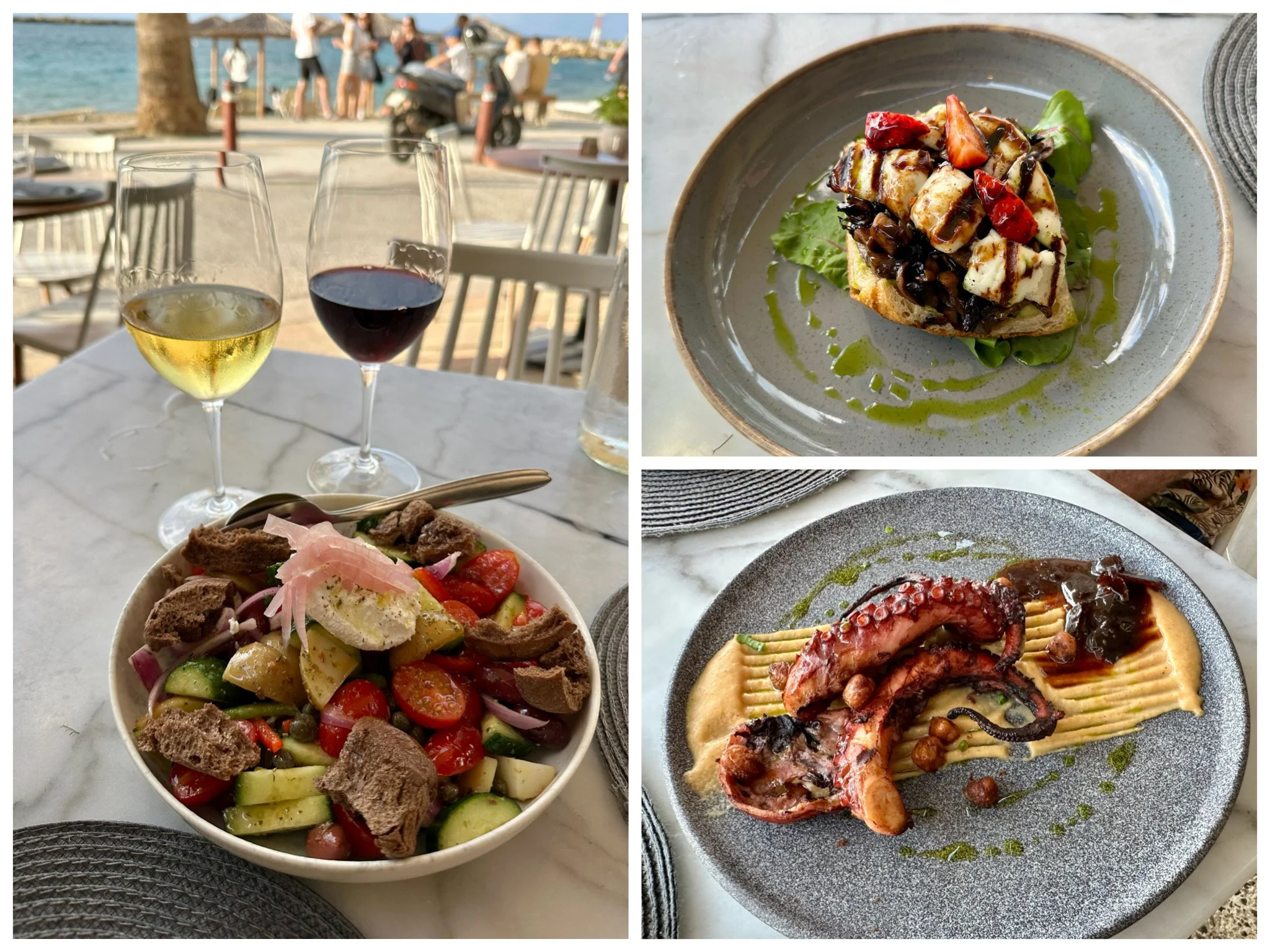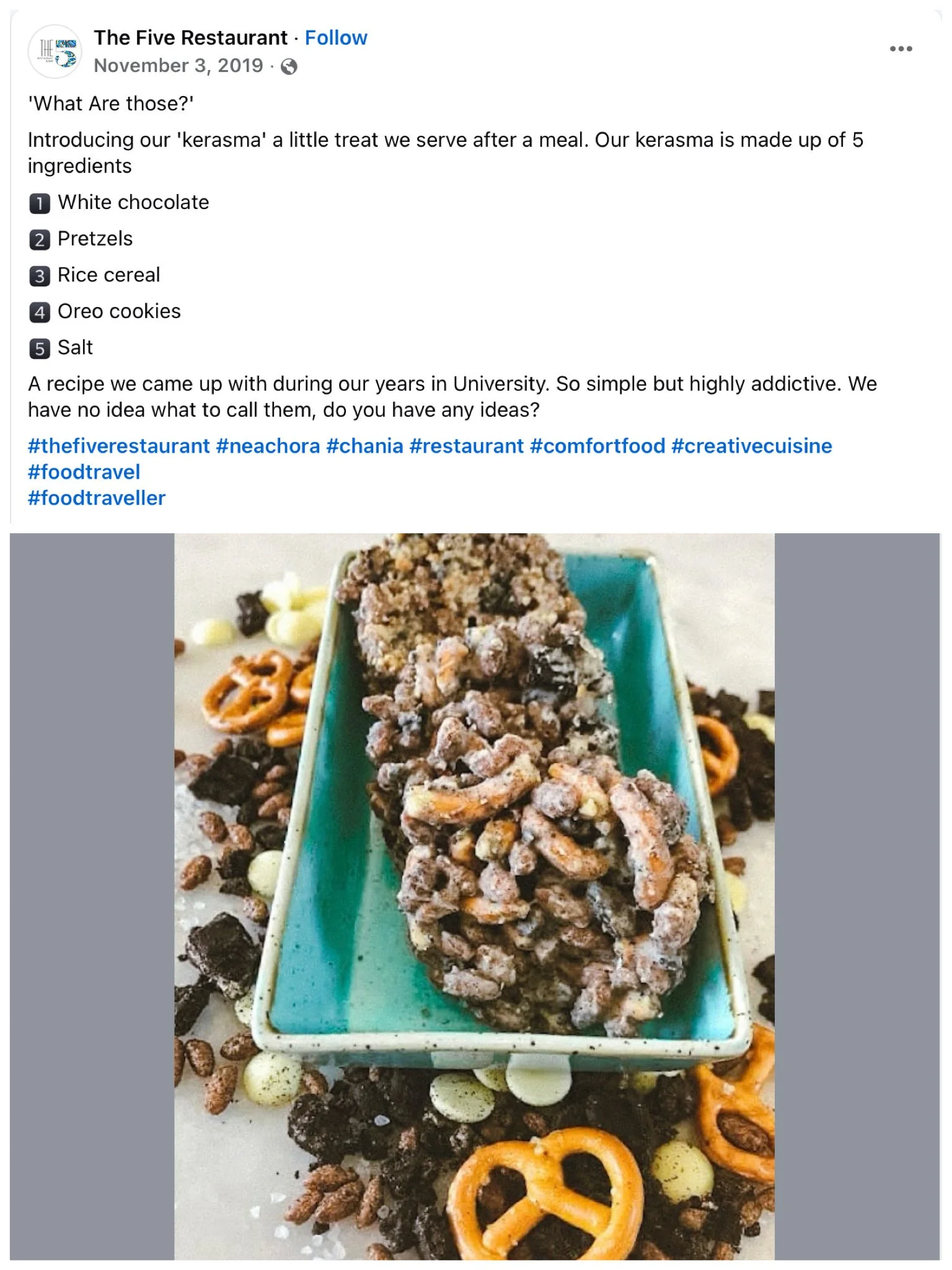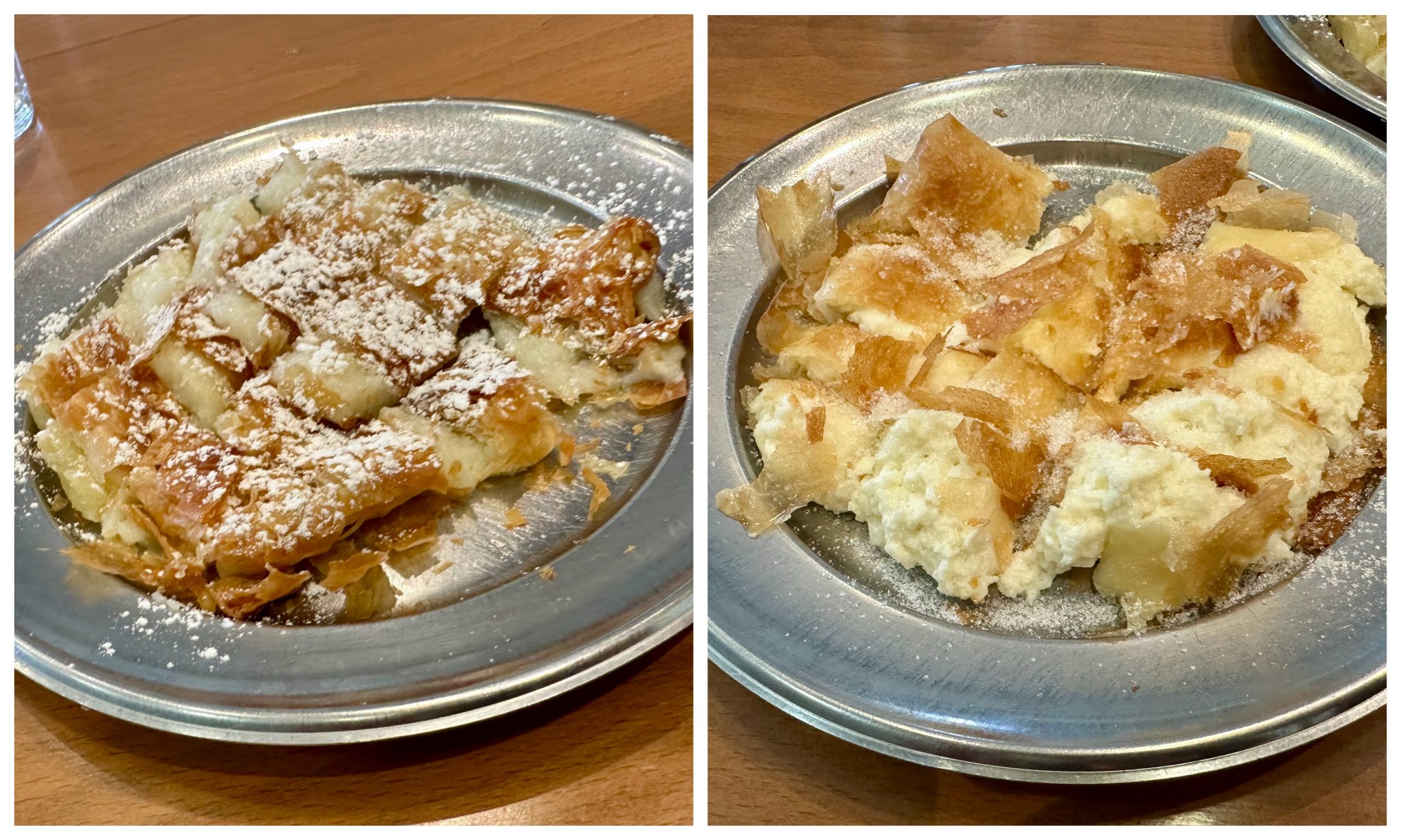Chania Eats
Many say Crete has a different culture from the rest of Greece. We had fun discovering the cuisine that is special to Crete.
Favorite Cretan Foods/Dishes
Cretan Salted Olives. Olives are a big deal in Crete. The primary olive grown on Crete is koroneiki, which is small but has excellent flavor and aroma for extra virgin olive oil. We enjoyed eating the tiny koroneikis whole (which isn’t really done outside Crete). But our favorites were the black olives grown in Chania and cured with sea salt. They were dry, wrinkled, and salty - it was hard to stop eating them!
Dakos. This is a meze made with rusk (twice-baked barley bread), chopped ripe tomatoes, myzithra (soft white Cretan cheese), olive oil, and herbs. There mat also be olives and/or capers. If the dakos is made well, the dry rusk absorbs the tomato juices and olive oil, and gets softer. This dish reminds us of our favorite Spanish tapa, pan con tomate. So it’s no surprise that we love a good dakos.
Boureki. This Chania specialty is essentially a savory pie made with zucchini, potato, and myzithra cheese, often topped with toasted sesame seeds. I saw it described once as a lasagna made with filo instead of pasta. It’s a tasty and satisfying vegetarian dish.
Kastana Stifado. This stew is a winter dish made with chestnuts, mushrooms, small onions, and white wine. It’s flavored with cinnamon, cloves, and/or allspice, which makes it a bit exotic. The result is surprisingly delicious.
Kerasma. The Greek word kerasma means “treat,” and it’s common for traditional Greek restaurants to serve a small dessert on the house. In Chania, the free dessert always came with raki, a colorless spirit made from distilled grape pomace, similar to grappa. The Cretan version of raki we were served was not flavored with anise. Sometimes it was flavored with honey or flowers; more often, it was plain. Every way we had it, it was very strong stuff!

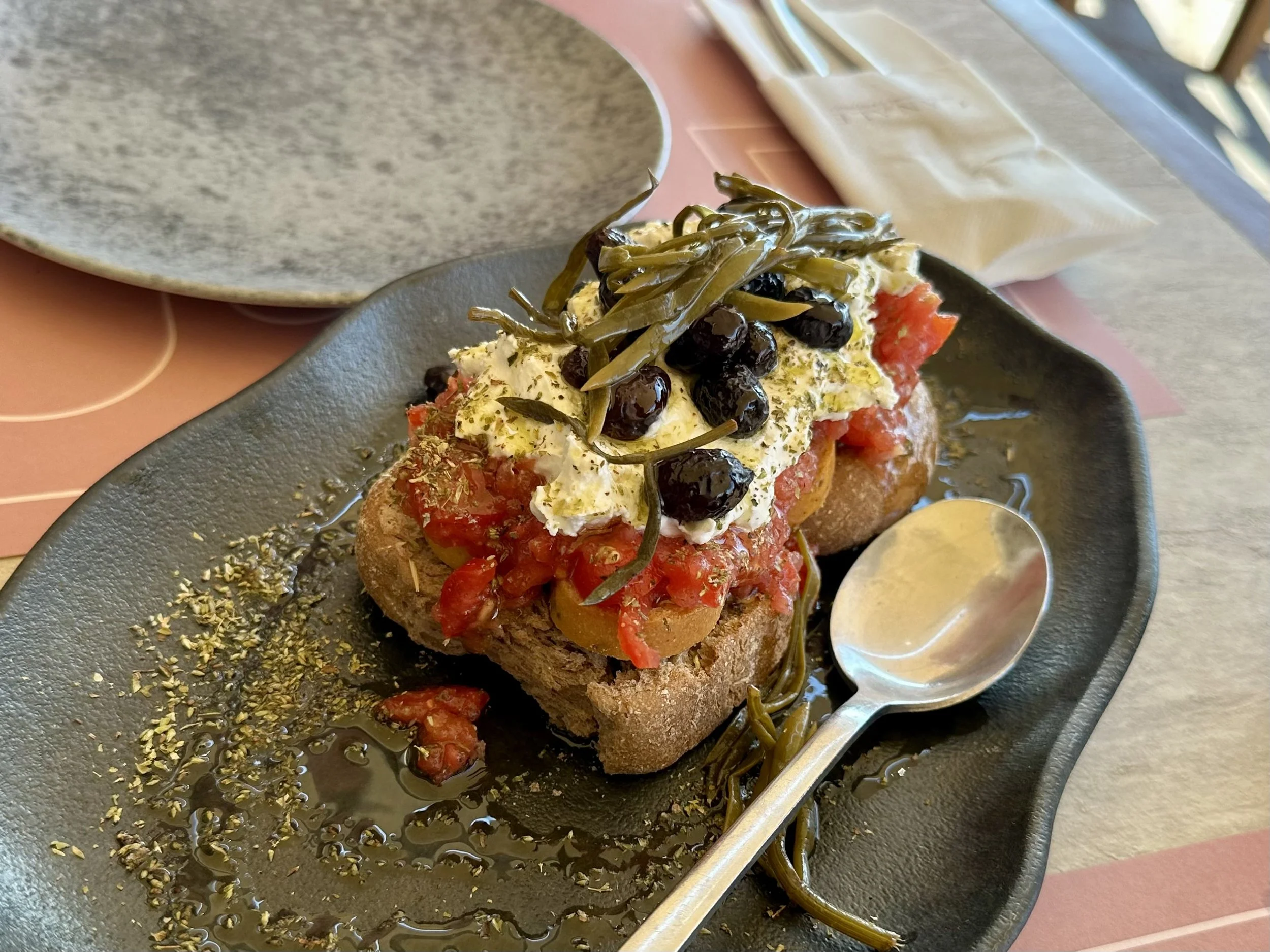
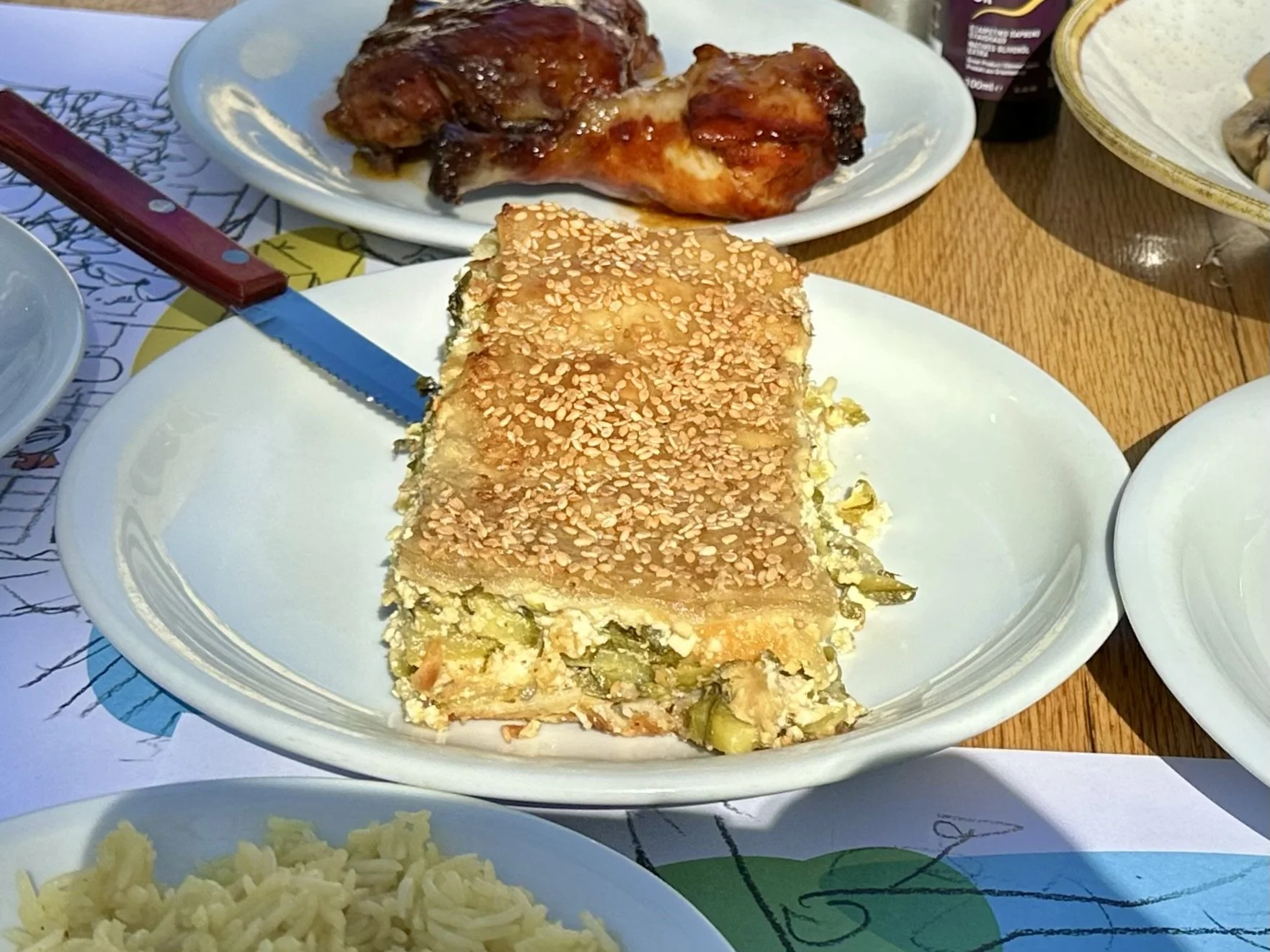

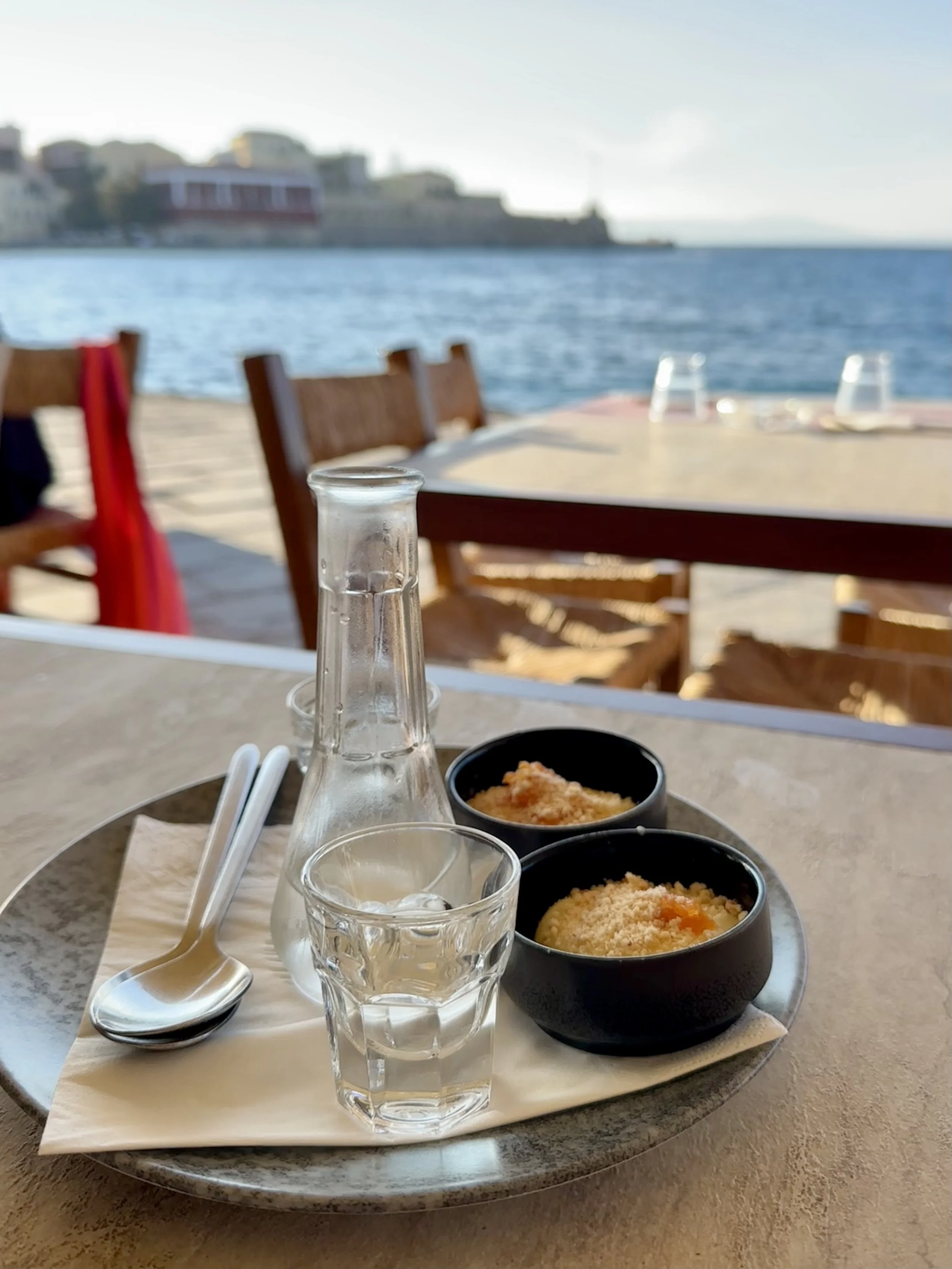
Favorite Restaurants in Chania
Arismari - This restaurant right on the promenade of the Venetian Harbor put their own creative spin on traditional Cretan dishes. Everything was delicious, but two dishes were so good we ordered them twice: the deconstructed boureki, which was light and airy, and the grilled cauliflower steak, served with intensely flavored sauce (the menu said chimichurri, but it tasted like a great romesco).
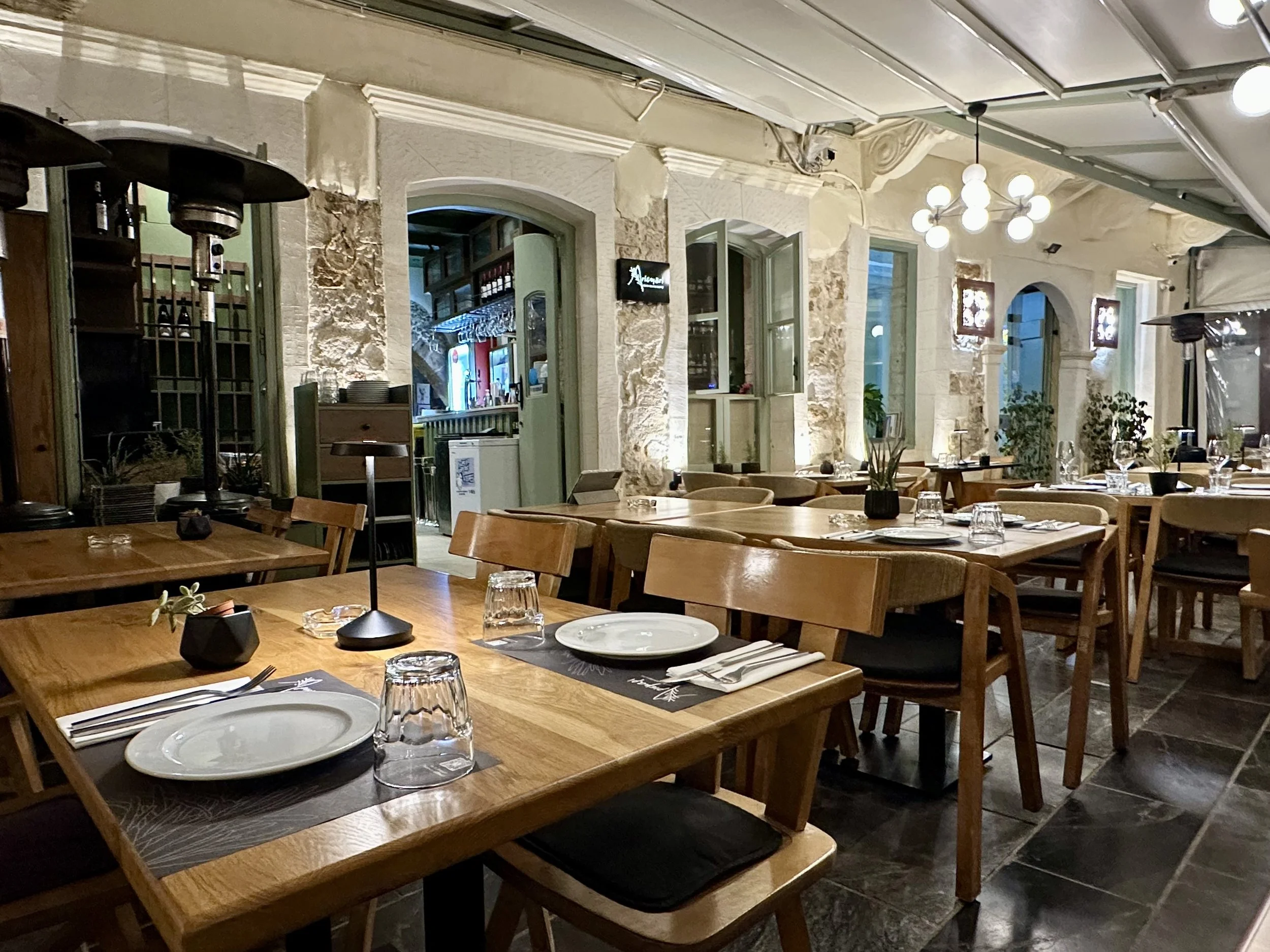
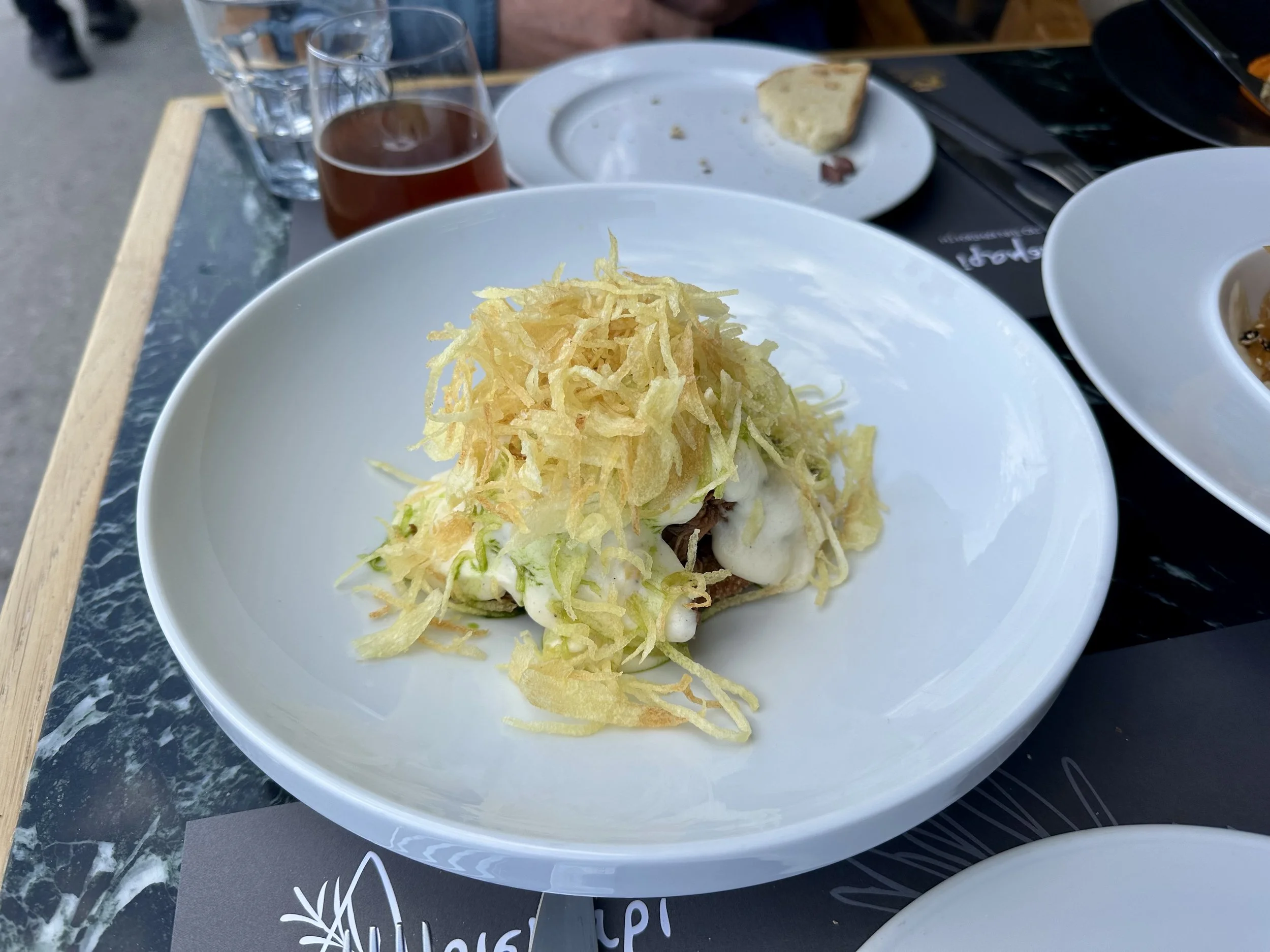
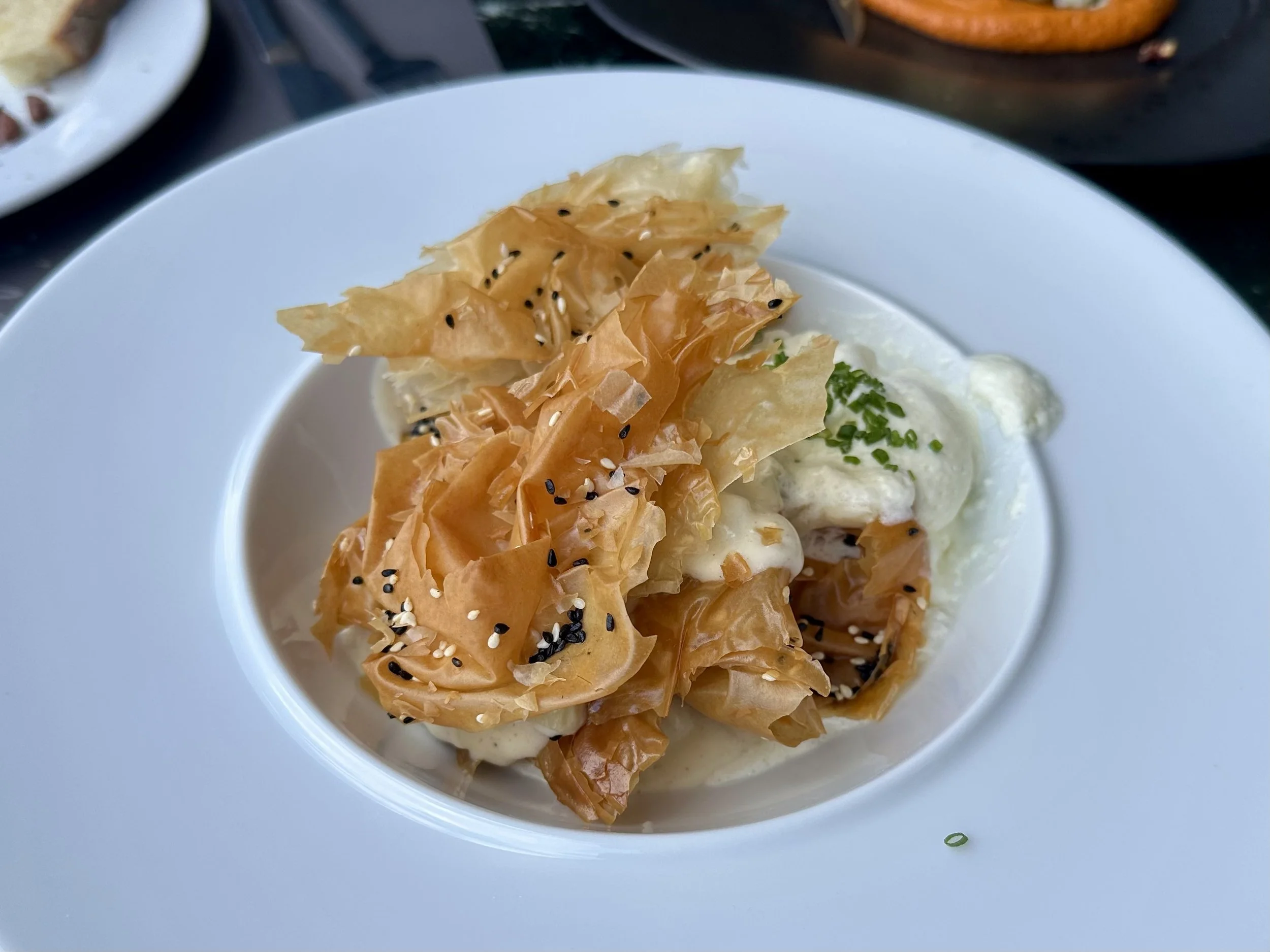
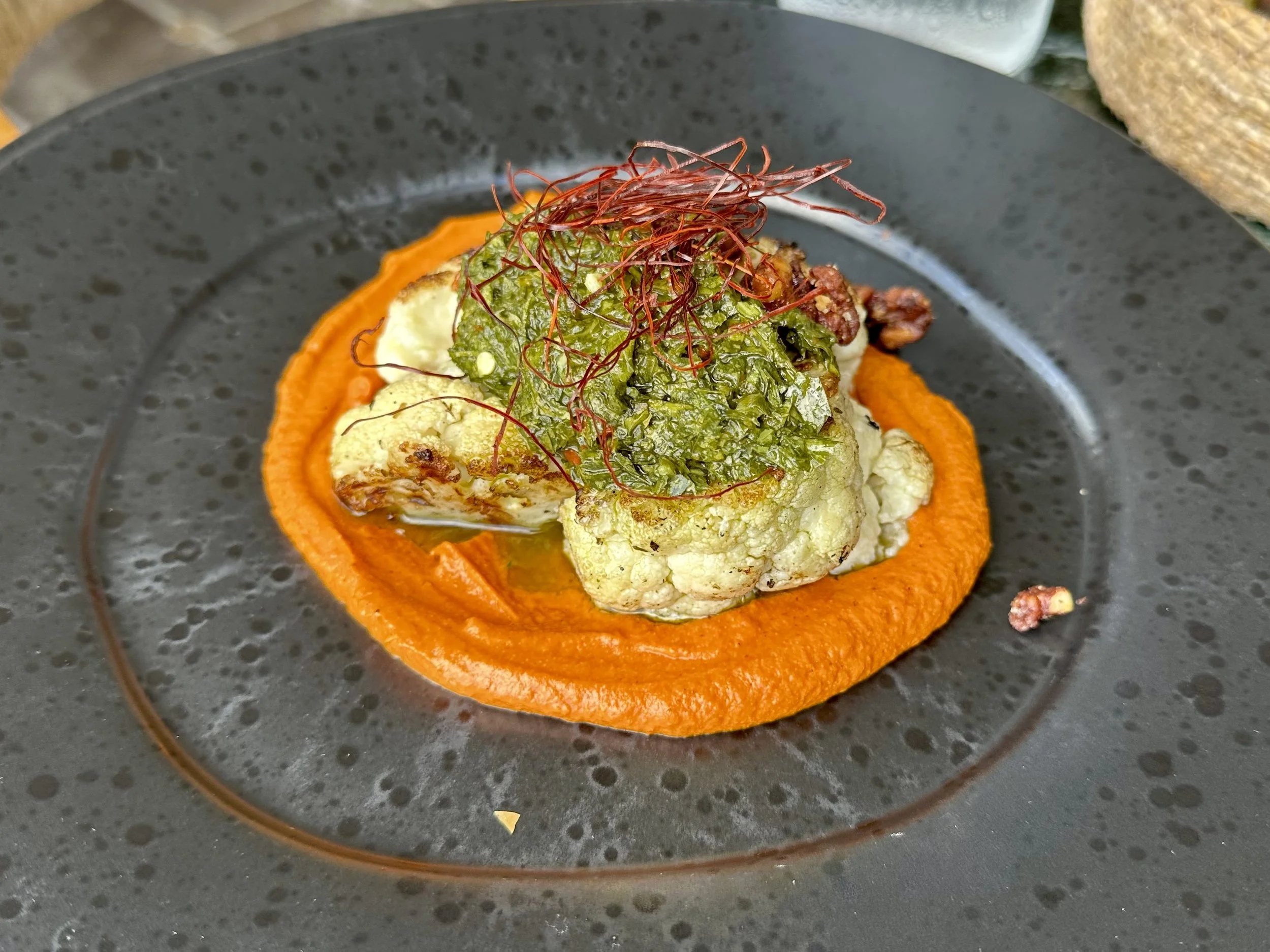
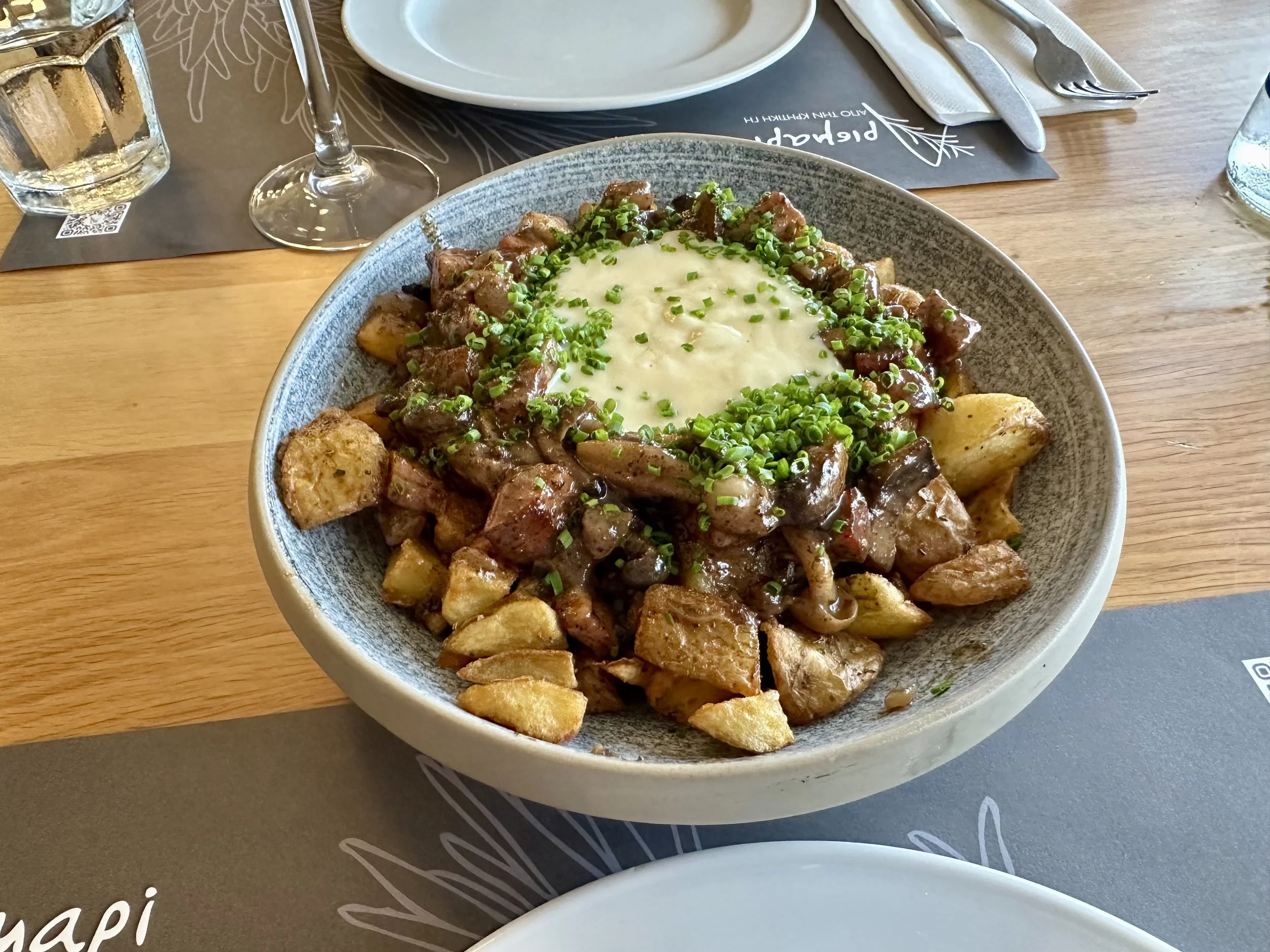
Canale - This was also on the promenade in the Venetian Harbor. It had our favorite dakos, with rusk that was delicately crunchy. And the special Cretan carob pasta, rolled and twisted by hand, was fantastic, with local cheese and just a hint of truffle.
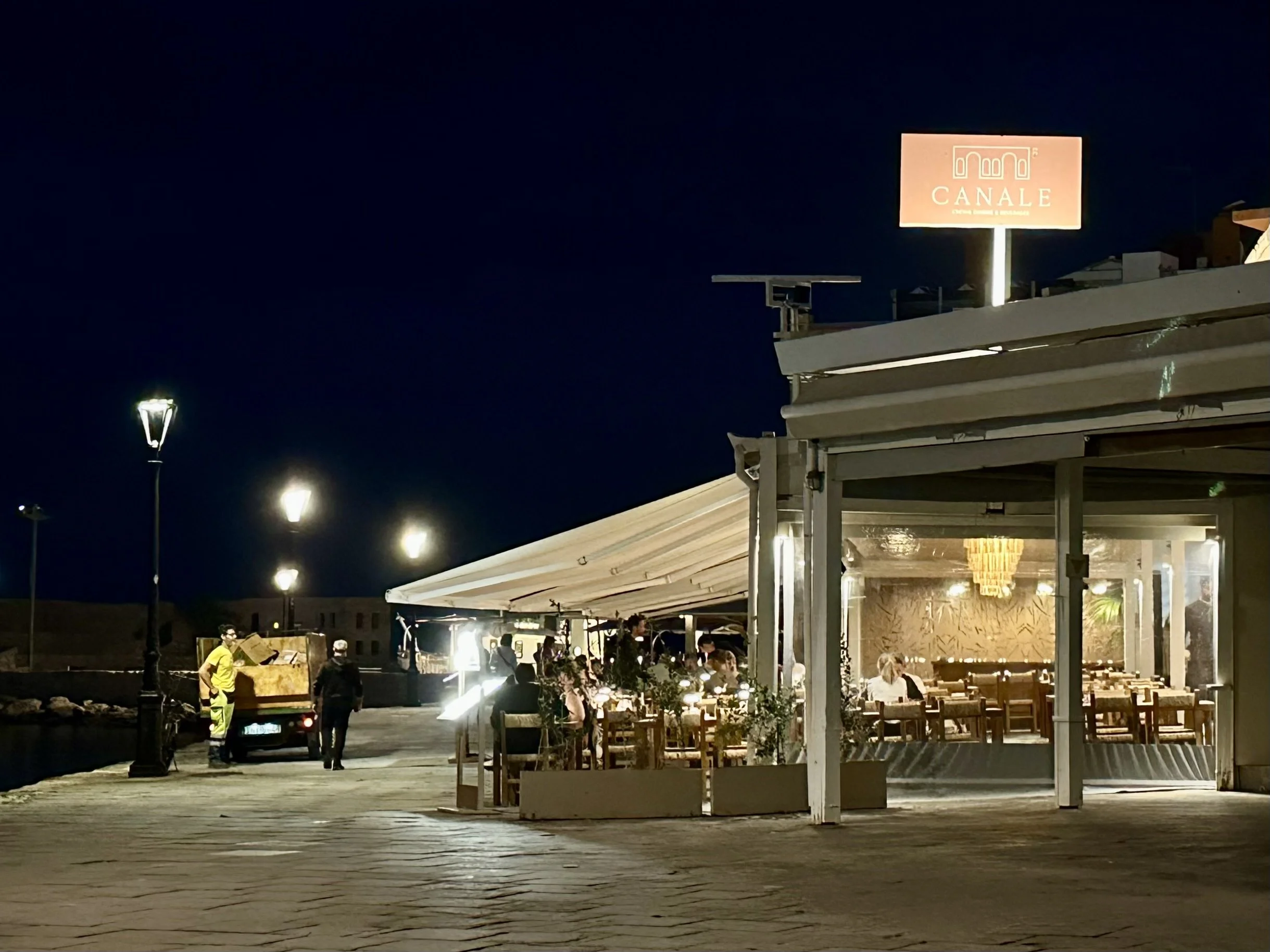

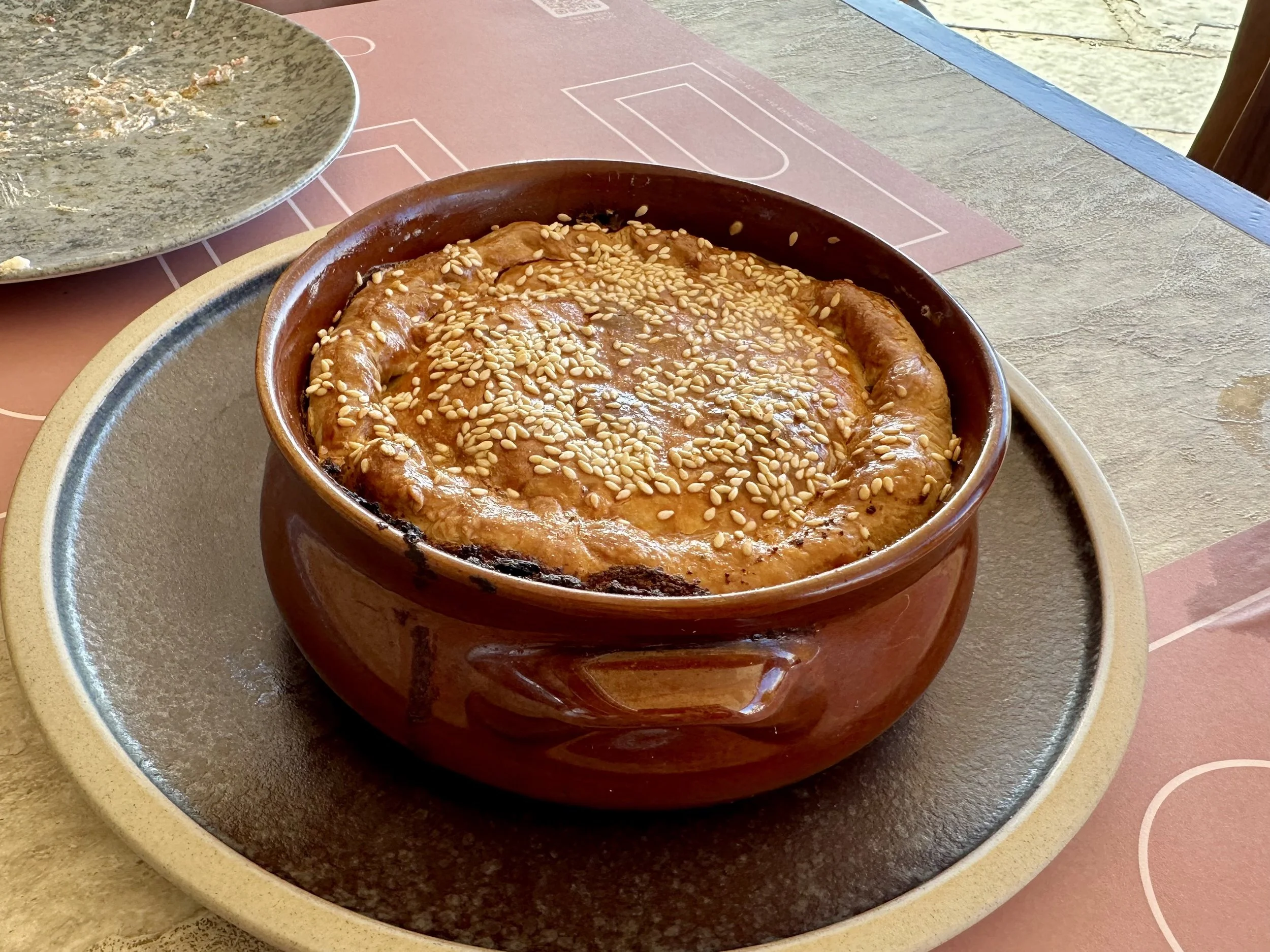
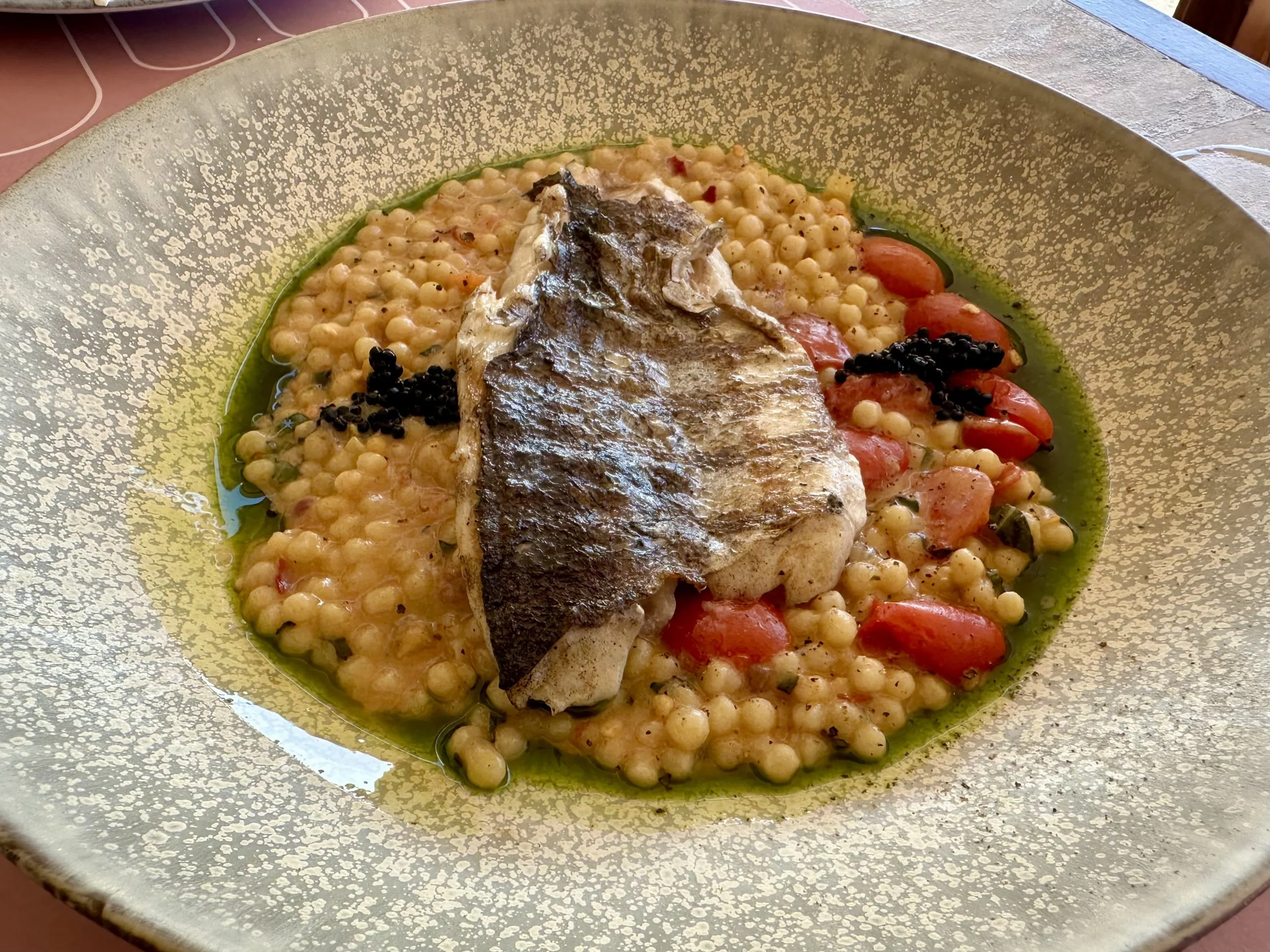
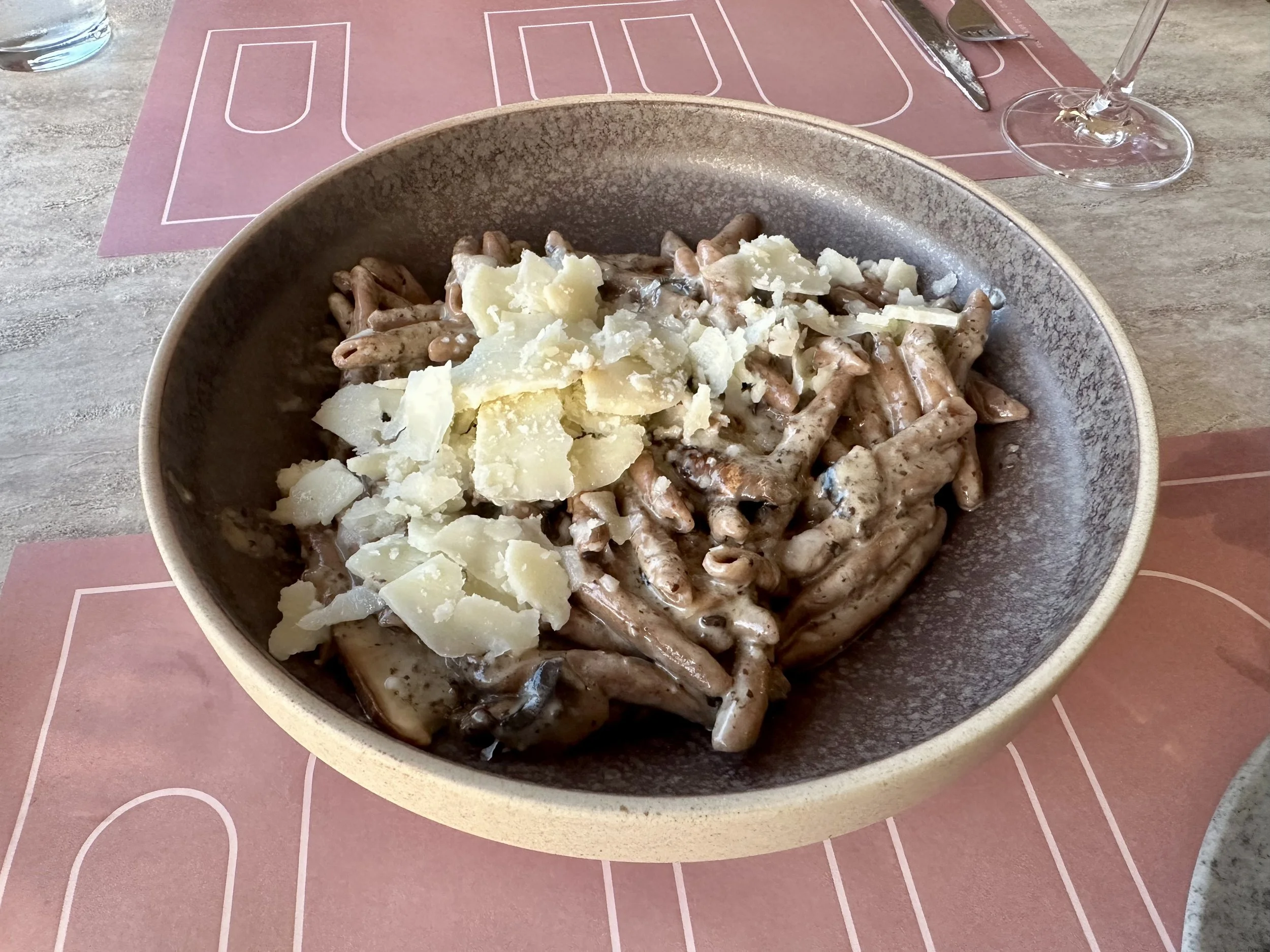
Kouzina EPE - We learned about this local favorite in Splantzia from our friendly tour guide Iosif. There were dozens of items on the daily menu. We went to the counter and peeked at all the pans, and then ordered at our table. The food was inexpensive and tasty. Standouts here were the kastana stifado (chestnut stew) and the karesma, a delightfully creamy panna cotta drizzled with local honey. We are not fans of eggplant, but our dining companion, Francesca from Germany, loves it. We tasted the eggplant at Kouzina and were surprised by how good it was! Have we been eating the wrong eggplant dishes all these years? Lesson learned: when in a new place, taste everything.


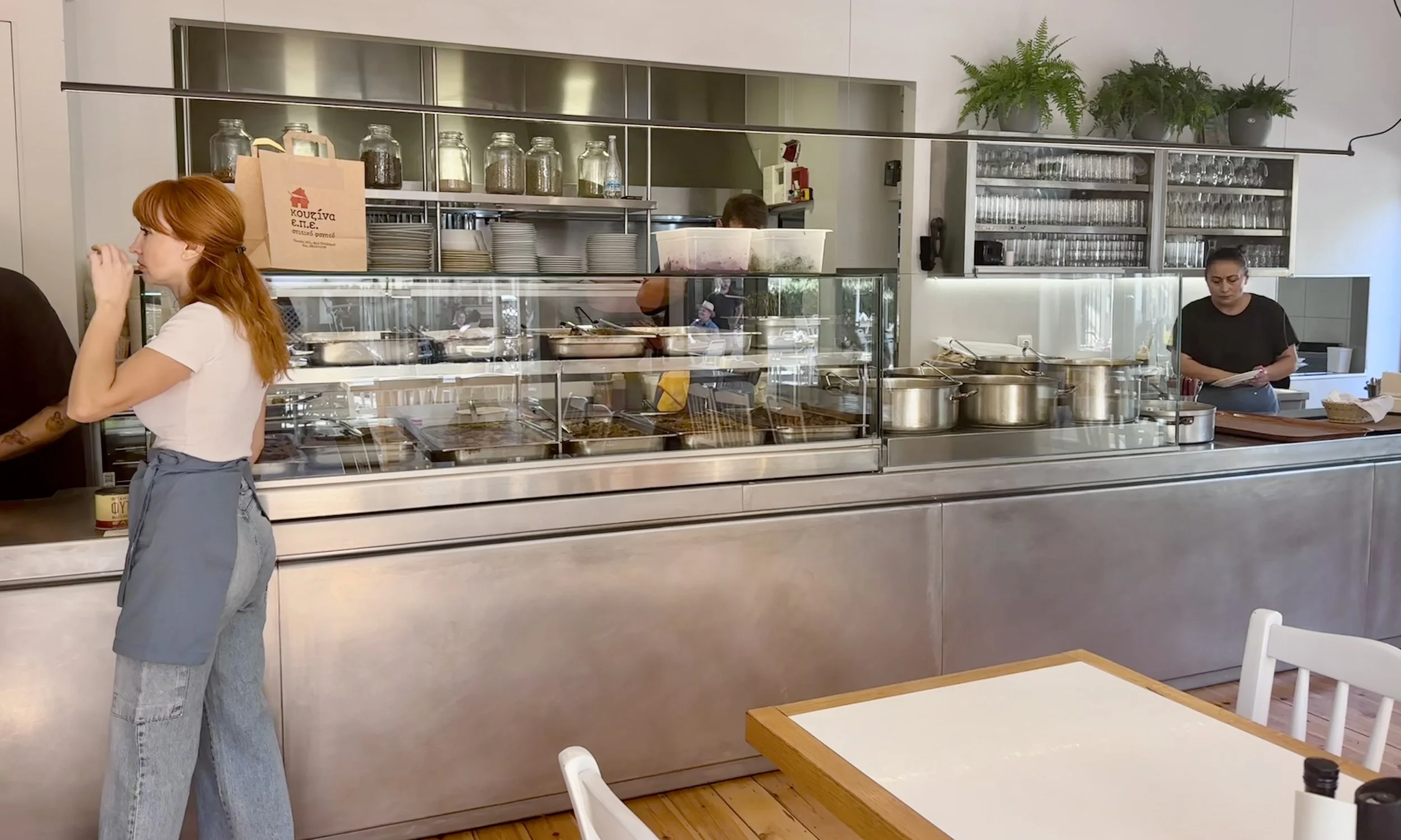
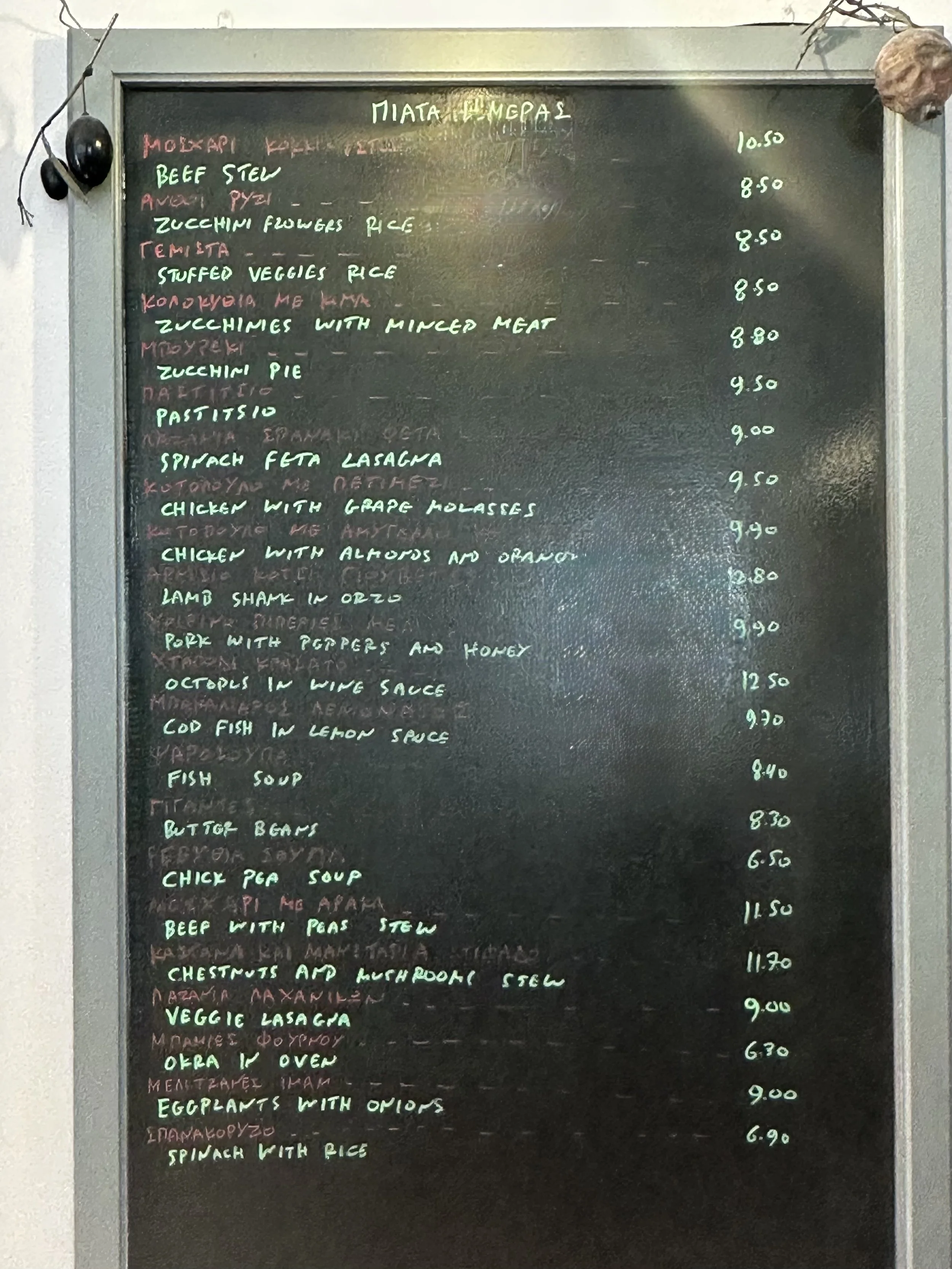
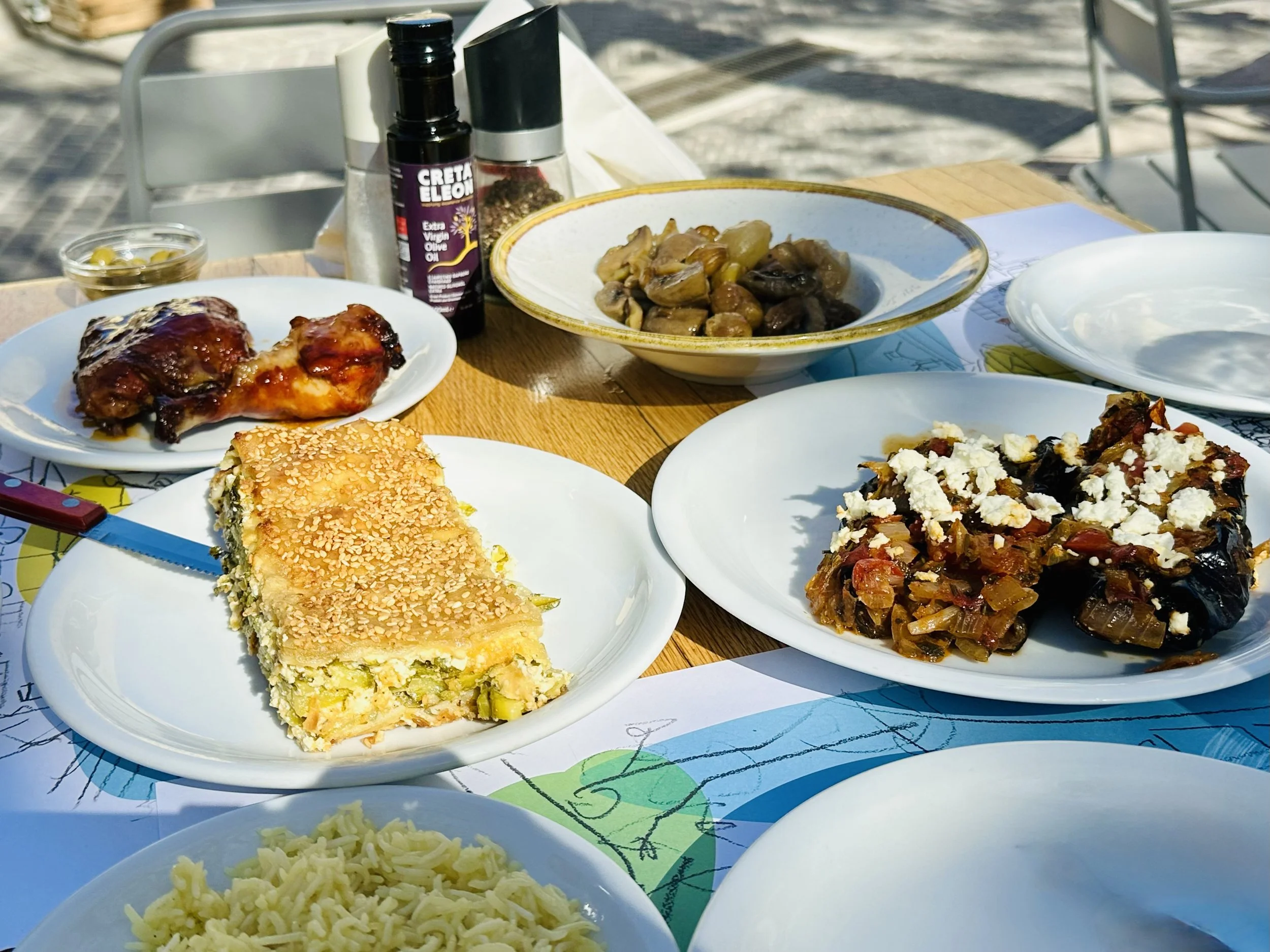
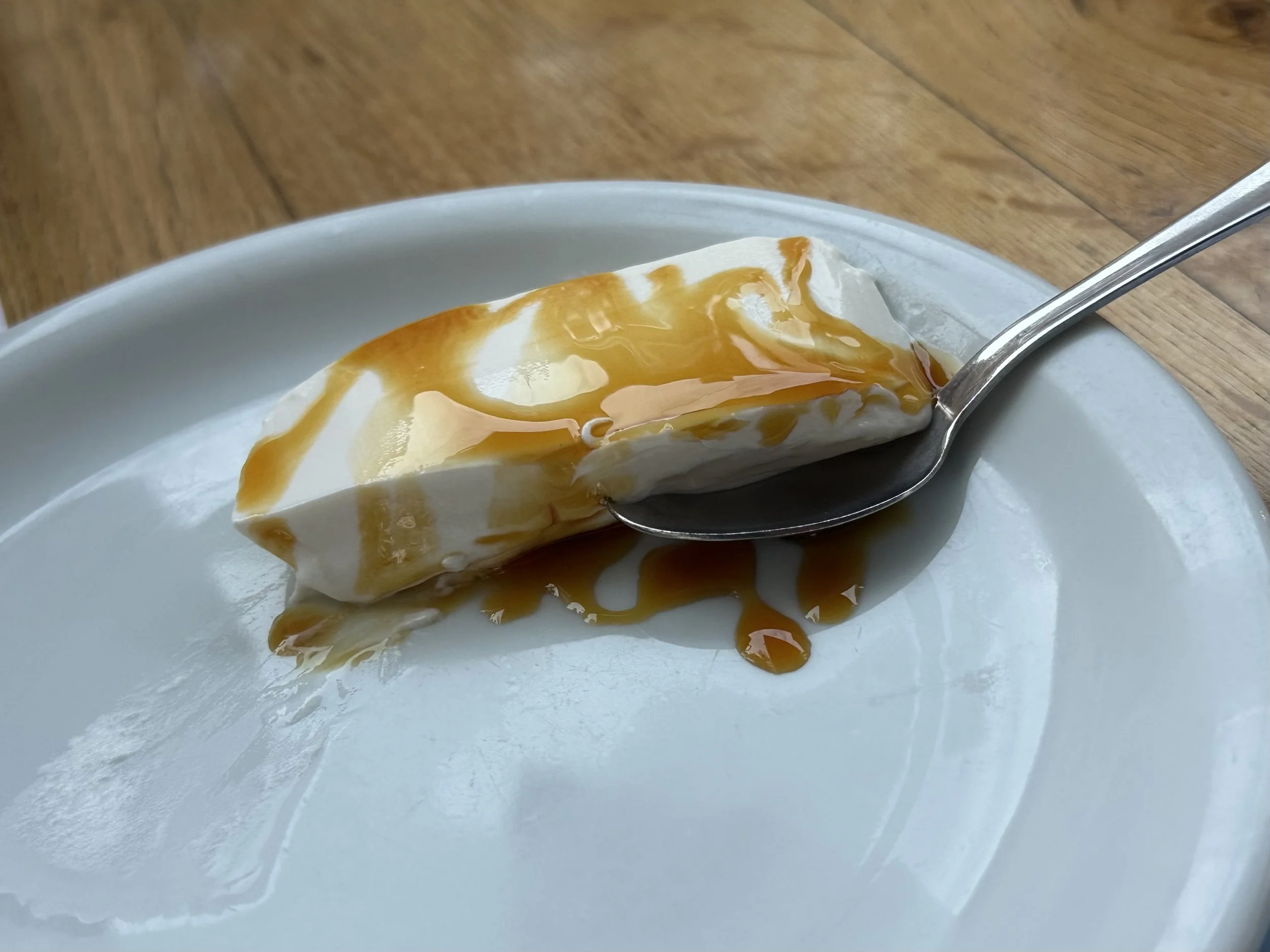
Honorable Mention
The Five Restaurant - This place was on the promenade of Nea Chora Beach, right next to the seafood place that hung its octopuses out front. Lunch was good, but our favorite dish was the free dessert, made with white chocolate, pretzels, puffed rice cereal, Oreo cookies, and salt. We went back to The Five for another meal and that amazing kerasma, but alas, they were unexpectedly closed, perhaps for the season.
Apokoronas - This no-frills restaurant around the corner from our apartment specialized in grilled meat. The pork belly, lamb chops and pork steak were tender and flavorful. The Cretan salad (with rusk and myzithra cheese) was good, too. If only they offered other side dishes besides fried potatoes.
Bougatsa Iordanis - This little spot just up the street from our apartment sold only coffee and bougatsa, a Greek pastry made with phyllo. Established in 1924, it’s a Chania institution. There are two types of bougatsa on the menu, and we tried both. The bougatsa filled with sweet cream and topped with powered sugar and cinnamon was okay. We both preferred the version filled with goat cheese and sprinkled with crystallized sugar - it had a salty-sweet flavor and an appealing tang. Both had wonderfully crispy phyllo, which set it apart from the disappointing bougatsa we had tasted in Nafplio.
